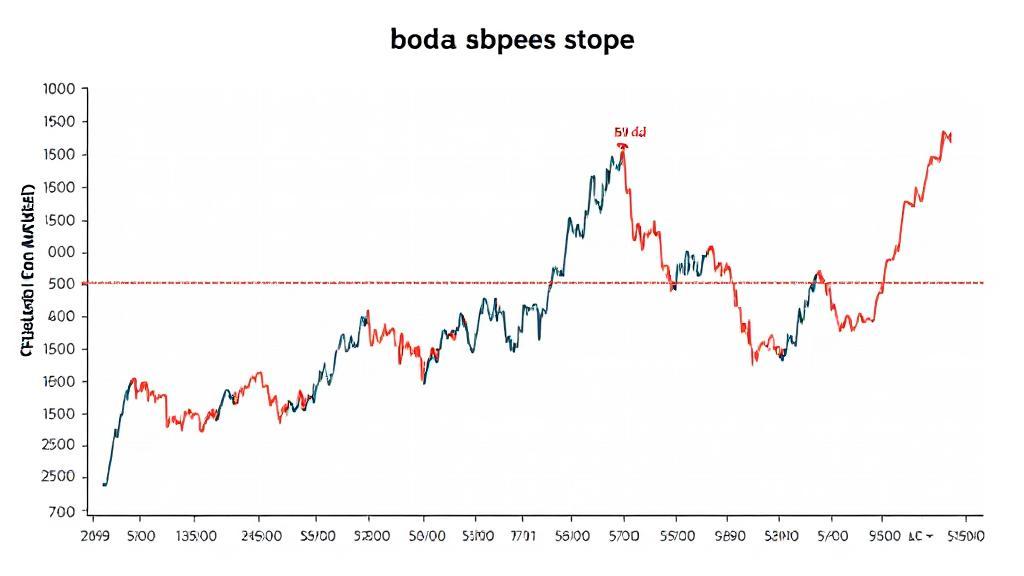What is a Spread?
In financial markets, the spread refers to the difference between two prices, rates, or yields. Most commonly, it represents the difference between the bid price (highest price a buyer will pay) and the ask price (lowest price a seller will accept). The spread essentially represents the cost of trading and the profit margin for market makers or brokers.
Basic Example
If a stock has:
- Bid price: $10.00
- Ask price: $10.05
- The spread = $0.05
Types of Spreads
Several types of spreads exist in financial markets:
-
Bid-Ask Spread: The most common type found in all financial markets, including stocks, forex, and commodities.
-
Fixed Spread: Remains constant regardless of market conditions.
-
Variable Spread: Fluctuates based on market conditions, such as volatility or liquidity.
-
Yield Spread: The difference in yields between different debt instruments, crucial in bond markets.
-
Option Spread: Involves simultaneous purchase and sale of different options on the same underlying asset.
-
Credit Spread: Difference in yield between corporate and government bonds of similar maturity.
Factors Influencing Spread Size
Market Liquidity
"Liquidity is the degree to which an asset can be quickly bought or sold without causing a substantial change in the asset's price." - Investopedia
More liquid markets generally have tighter spreads due to high trading volume.
Other Key Factors
- Volatility: Increased market volatility leads to wider spreads
- Time of Day: Spreads are typically:
- Wider at market open and close
- Tighter during main trading hours
- Wider during off-hours trading
- Economic Data Releases: Important announcements can cause temporary spread widening
- Competition: Markets with many competing brokers tend to have narrower spreads
Impact on Trading
The spread can significantly affect trading strategies and profitability:
- Cost of Trading: Represents a direct cost to traders
- Liquidity Indicator: Narrow spreads suggest high liquidity
- Break-even Considerations: Traders must factor spread costs into profit calculations
Ways to Minimize Spread Impact
- Trade during peak market hours
- Use limit orders instead of market orders
- Focus on liquid instruments
- Consider ECN brokers for tighter spreads
- Monitor spread patterns throughout the trading day
Practical Example: Forex Market
In forex trading, spreads are measured in pips. For major currency pairs like EUR/USD, spreads can be as low as 1-2 pips under normal market conditions. For example, if the EUR/USD has:
- Bid price: 1.1000
- Ask price: 1.1002
- The spread is 2 pips
Tools and Resources
Traders can utilize various tools to manage spreads effectively:
- Trading Platforms: Display real-time bid-ask spreads
- Economic Calendars: Track events affecting spreads
- Broker Comparisons: Compare trading conditions
- ECNs: Access potentially narrower spreads
Regulatory Considerations
The SEC and other regulatory bodies monitor spreads to:
- Ensure fair markets
- Prevent manipulation
- Protect retail investors
Understanding spreads is crucial for successful trading. While they represent a cost of doing business in financial markets, proper knowledge and strategy can help minimize their impact on trading performance. Continuous monitoring and adaptation of trading strategies remain essential for optimal execution.
